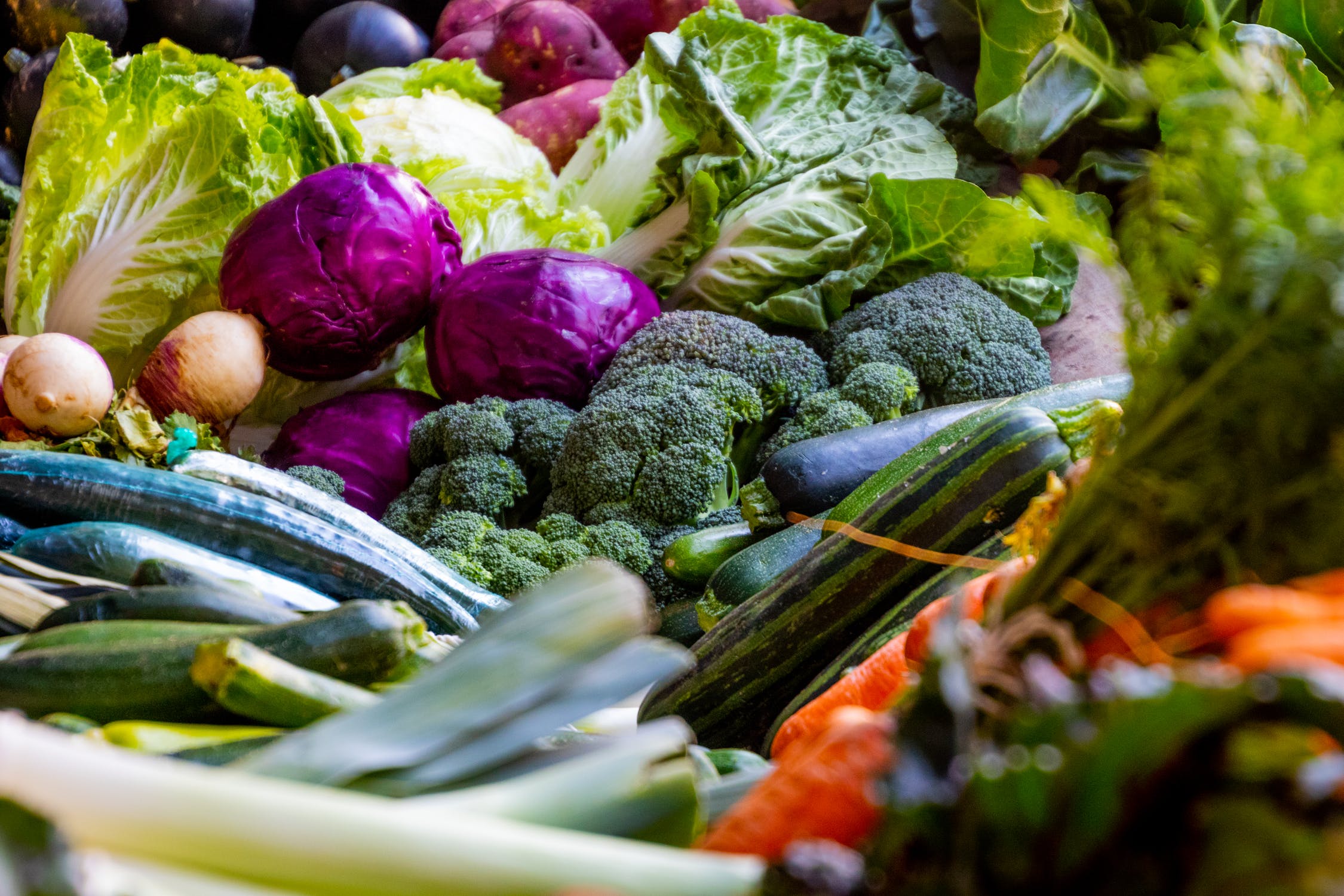It’s always guilt-free to consume foods that you know are clean, healthy, freshly cooked, and even freshly picked from the garden. Indeed, your body will receive the full health benefits of it. Eating fresh fruits and vegetables comes with a price, especially when you are eating in a restaurant or a hotel that offers fresh vegetable salad and fresh fruit juices. However, it’s not impossible to eat your own grown vegetables. No lot space for gardening? Don’t worry! You can simply purchase or look for an empty container that can be used as a vegetable garden.
If you plan to have a garden in your area, make sure to have the following essentials for a container vegetable garden.
- Containers
- Quality potting soil
- Vegetable seeds/seedlings
- Good location for your containers
- Fertilizer
- Water supply
- Time to take care of the plants
CONTAINERS
Use larger containers. When selecting a container, ensure to get a larger size because small containers dry out faster than the bigger ones. Don’t worry if you have extra space for a container because you can always add more plants to a vacant space.
Commercially available containers come in different designs and colors, giving you more options to create harmony between your potted plants and potted veggies. But always prioritize the depth and size of containers over their looks. Colorful fabric pots are also useful for growing vegetables that can add some whimsy to your vegetable garden.
Note that deeper pots mean a larger reservoir of moist soil, as a result, require less frequent watering of the vegetables. However, a self-watering planter is an exception. In this case, the planting area’s depth can be kept to a minimum level as a water reservoir below provides moisture.
WHERE TO PUT YOUR PLANTER
Except for herbs and green salads, most varieties of vegetables require at least 6 hours of full sun in a day to help achieve optimal growth. Peppers, tomatoes, and beans love to be under the sunlight and get as much of it as possible.
If your place is short on sun, you can put your vegetables on caddies or adding casters so they can be moved during the day or even later in the season following the sun’s light.
As part of taking care of your vegetables, place them in an area where the wind doesn’t batter and dry out their foliage. If your area is seasonally experiencing a little windy, you can arrange your containers so that larger pots or containers can shield the smaller ones. You can also make a windbreaker, from portable fencing or fabric. To help raise the humidity level, you can cluster potted plants, which will also become more productive.
If you use a trellis or some other type of support in your container, the wind is a particular concern. Ensure that your pot or containers are heavy and that the trellis is secured to a railing or some other fixed upright.
HOW TO CHOOSE SOIL OR POTTING MIX FOR YOUR PLANTERS
Garden soil will eventually compact inside the containers, so do not use it for potted plants or container gardens. Instead, use a “soilless” potting mix that can retain moisture and resist compaction. Mix in a generous amount of granular organic fertilizer and enough amount of compost.
WATERING YOUR CONTAINER VEGETABLE GARDEN
Your vegetables must be watered consistently, so they grow at their best. Inconsistent moisture causes problems to plant especially to vegetables. They will experience low root development, blossom drop, leaf curling, insect problems, and rot. The best way to ensure that your plants get regular water supply is to use a self-watering planter to fill the reservoir every few days, so the plants absorb moisture whenever they need it.
FERTILIZING YOUR VEGETABLE PLANTERS
Fertilizer boost growth to your vegetables in containers. Mix a granular organic fertilizer into the soil when planting, feed them every week with a water-soluble fertilizer. They needed to be fertilized because they are only dependent on the nutrients you will give them because they are grown inside a container and not on the ground. Another reason why you have to regularly fertilize them because they are frequently watered, and the water will wash away some of the nutrients from the soil. And if you are growing several plants in one container, you must fertilize them because they compete with the soil’s nutrients.
WHAT VEGETABLES ARE SUITABLE FOR CONTAINER GARDENING
Tomatoes, eggplants, peppers, herbs, onions, ginger, are among the most productive vegetables you can grow in pots or containers. Tomatoes love to be in full sun about 6 hours every day. You must identify which variety of tomato you are growing so you can also choose the suitable pots or containers for them. This applies with other vegetables you want to grow.
Here are some vegetables that grow best in containers:
- Beans
- Beets
- Onions
- Radish
- Spinach
- Cucumber
- Kale
- Lettuce
- Collard Greens



